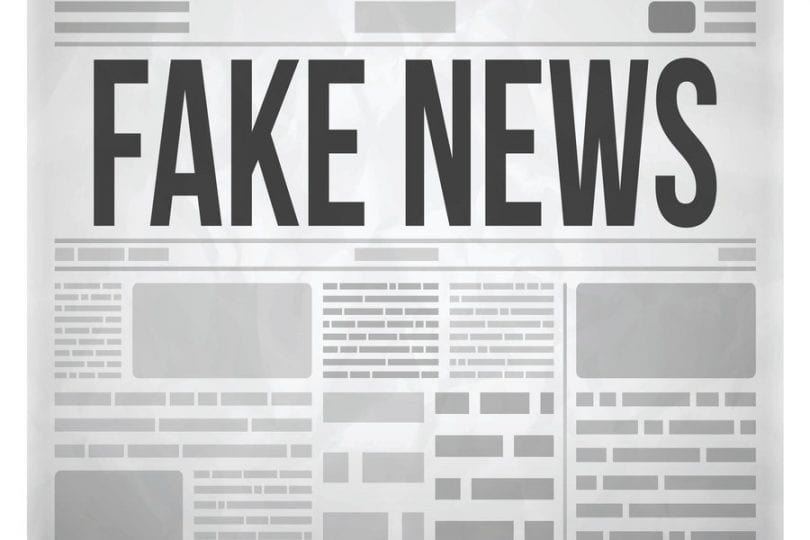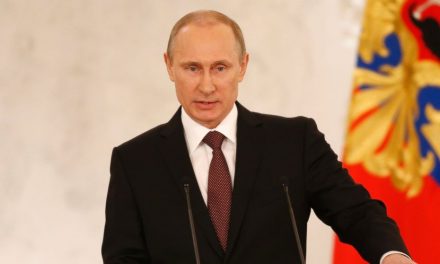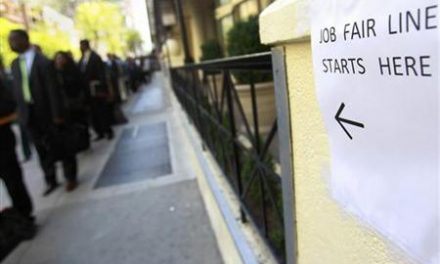By Daniella P. Cohen | The Media Line
The term “fake news” became further retrenched in the world’s collective consciousness this past year, intriguing the public yet posing a threat to the credibility of journalism. Ever since fighting fake news became a rallying call during the 2016 U.S. election campaign, it is difficult to gauge whether its incidence has, in fact, become more pervasive or whether undue attention has been focused on the sensationalist phenomenon.
In the Middle East, many contend that fake news is increasingly being used as an instrument for advancing political interests, with the ongoing crisis involving the Gulf Cooperation Council being a prominent example. On April 19, a Russian hacker—his origin determined by the FBI—infiltrated the state-run Qatar News Agency (QNA) website and falsely published that Doha’s Emir, Tamim bin Hamad al-Thani, had criticized U.S. President Donald Trump while praising Shiite Iran along with Hamas and its parent organization the Muslim Brotherhood.
While the story was widely read—and played into the decision by Sunni Saudi Arabia, Bahrain and the United Arab Emirates to boycott Qatar—doubts regarding its validity quickly arose, leading, eventually, to the hack being exposed. However, this did not stop additional false allegations about Qatar from being published throughout the region. For example, on August 21 Dubai TV broadcast a piece, which proved to be untrue, claiming anti-government rallies were taking place in Doha and that troops had used tear gas against demonstrators.
Israel, too, featured prominently in another Russian hack, this one targeting Lebanon, where a purported advisory by the Reuters news agency was circulated over SMS and WhatsApp: “Urgent! Hizbullah kidnaps top-ranking Mossad intelligence officers in Israel’s elite class,” the fictitious message read. It further claimed, incorrectly, that an unnamed Mossad official had responded by attacking Hizbullah in Lebanon. The fake news was propagated at a time of heightened tensions between Israel and the terror organization and thus ran the risk of further enflaming the situation.
In another instance, Reuters was indeed guilty of spreading a false news story. On April 3, the wire service published a piece titled, “Trump son-in-law Jared Kushner visits Iraq, US official says.” Reuters later tweeted that the information was “wrong and [is] withdrawn.”
The political dimensions of the phenomenon were further demonstrated in November, when President Trump slammed as fake news a CNN report on a slave market in Libya. A local Libyan channel picked up on the criticism and further questioned the motives behind the expose. CNN, however, held firm and did not retract the story. This is but one example of the potential for individuals in positions of power to cry “fake news” to serve their own interests, irrespective of whether a particular item is true or not.
Fake news likewise has demonstrated the ability to manipulate how the public perceives a given issue or conflict. On June 2, for example, an organization called UN Watch demanded that the chief of the United Nations Relief and Works Agency (UNRWA), which attends to Palestinian refugees, apologize for including images of a besieged Syrian girl in a fundraising campaign for the Gaza Strip. Similarly, the Al Araby news site used a picture taken in 2015 to document this November’s attack on the Al-Rawda mosque in the Sinai Peninsula, which killed more than 300 people.
Speaking to The Media Line, Anthony Bellanger, General Secretary of the International Federation of Journalists, explained that fake news has long been used as a propaganda tool. “Some authorities have always needed to modify information that they disliked, but now social networks seem to be amplifying this trend.” While he attributes multiple causes to the emergence of fake news, Bellanger stressed that a “lack of time, degraded working conditions and understaffing have also contributed to the decline in the quality of information.” Nevertheless, he insisted, “fake news cannot be tolerated” and described as a “fundamental duty” the need for journalists to weed out false information.
Yet work-related pressures, including tight deadlines, sometimes make it difficult for journalists to maintain high standards. Professor Moshe Negbi, a media ethics expert at The Hebrew University of Jerusalem, contended to The Media Line that, “today if a journalist misses a scoop or headline he may be fired, but if he publishes a fake headline he might be promoted.” Negbi believes that the abundance of fake news is a byproduct of the “deterioration of journalism ethics [caused] by the media’s commercial orientation, in which they care much less about the authenticity and truth of the news and more about attracting an audience and ratings.”
For this reason, Prof. Kathleen Culver, Director of the Center for Journalism Ethics at the University of Wisconsin-Madison, called on “legitimate news organizations to step up their game. Because of information pollution,” she expounded, “[there is a] need to be more engaged with the public on why people make the choices they make and how their news is produced.” Culver told The Media Line that “there’s no question that fake news was profitable in 2017 with the numerous hoaxes and conspiracy theories,” while postulating that many may be fooled by, or even attracted to, fake news because they “want narratives that reinforce their views [while brandishing] the ‘other side’ as the root of problems.”
Many analysts argue that the rise of fake news may further erode public trust in the mainstream media, a reality that could eventually prompt a reckoning within the industry; that is, a reawakening to the imperative of reporting the facts as they are, and not as people would like them to be.



















